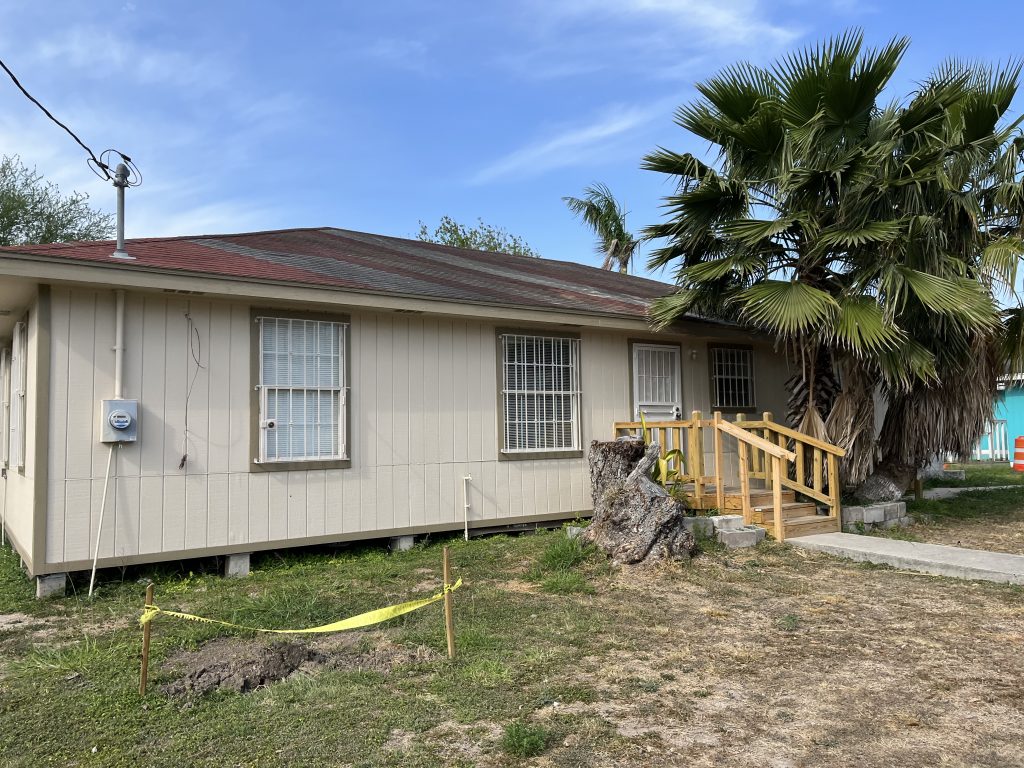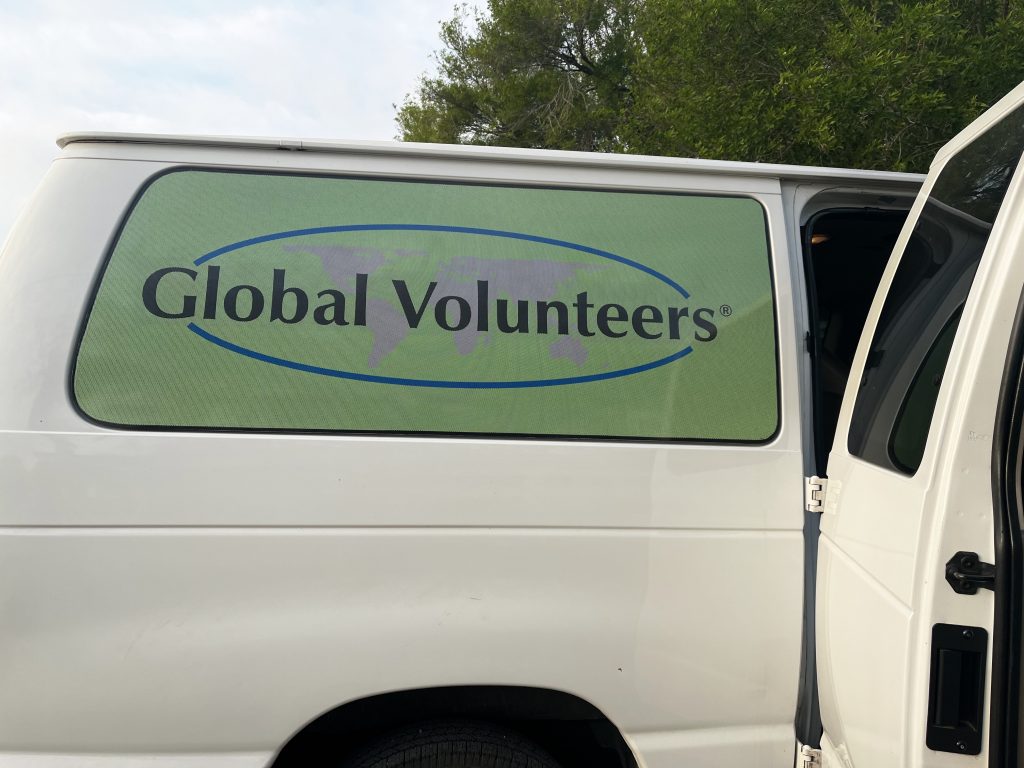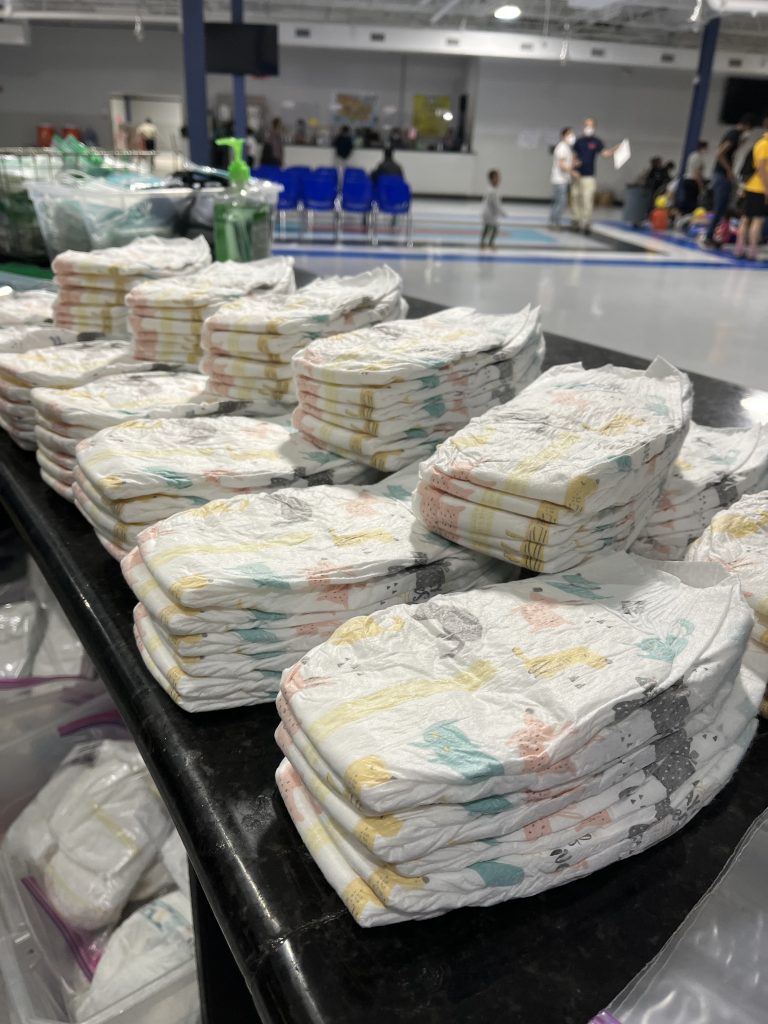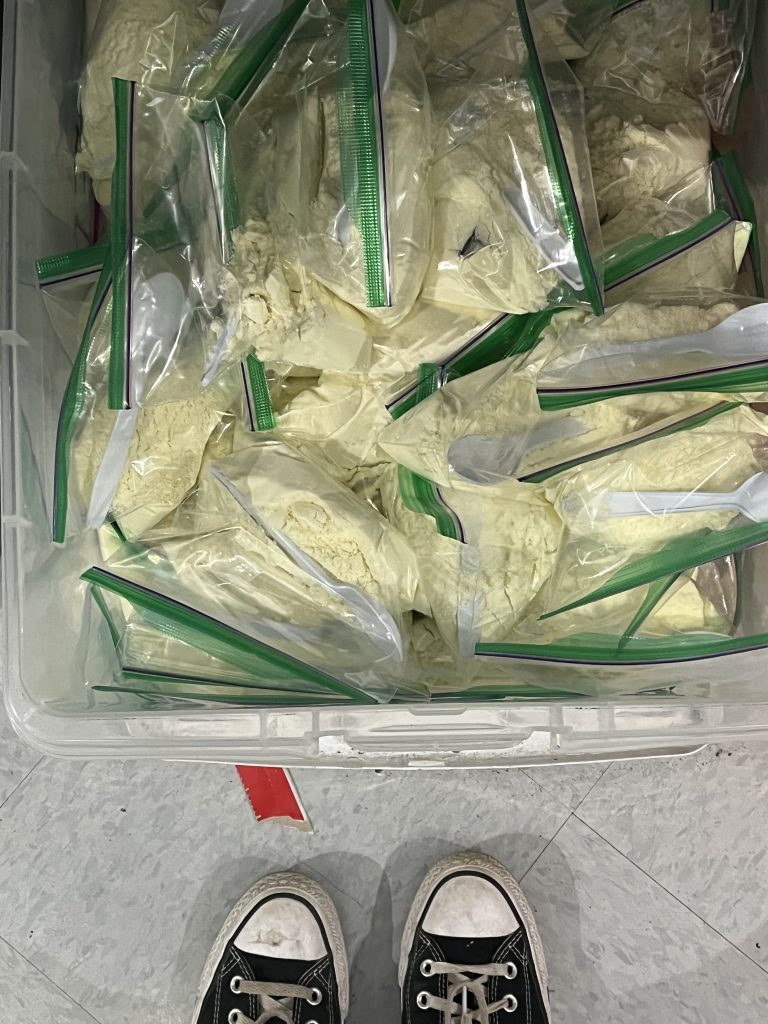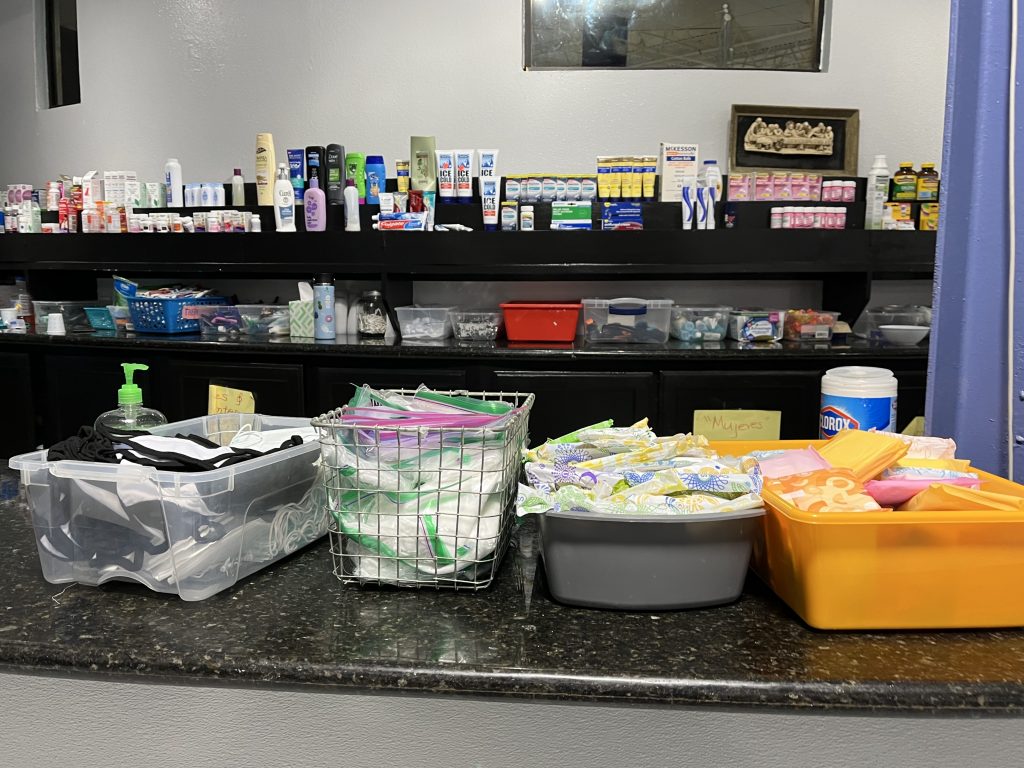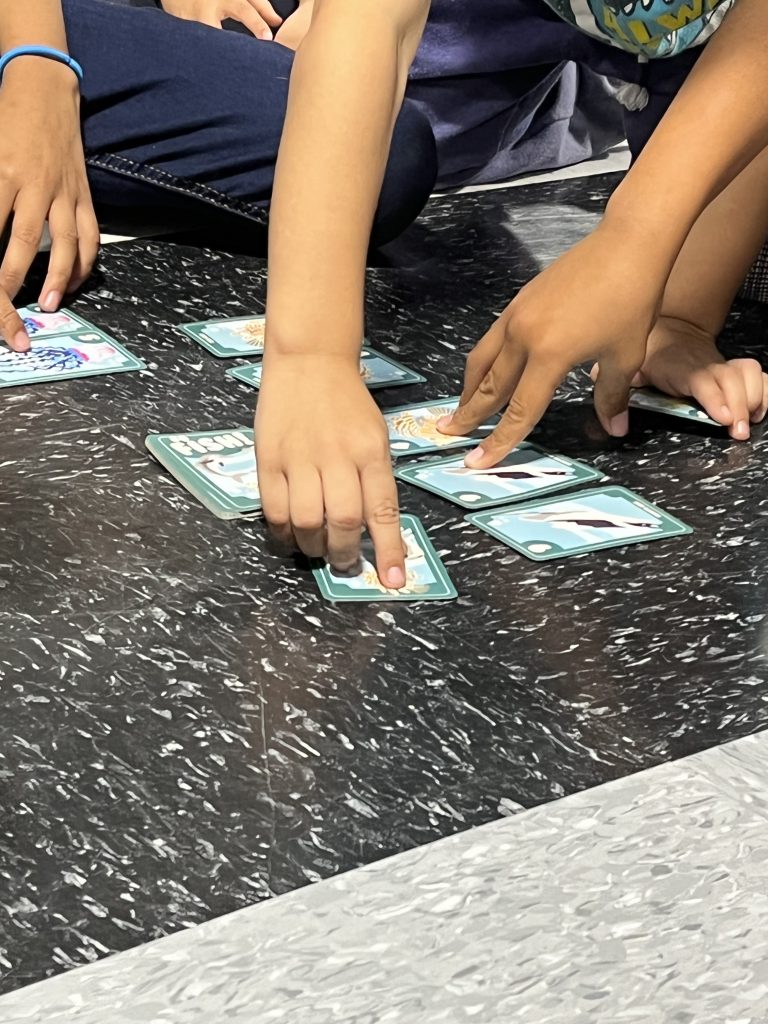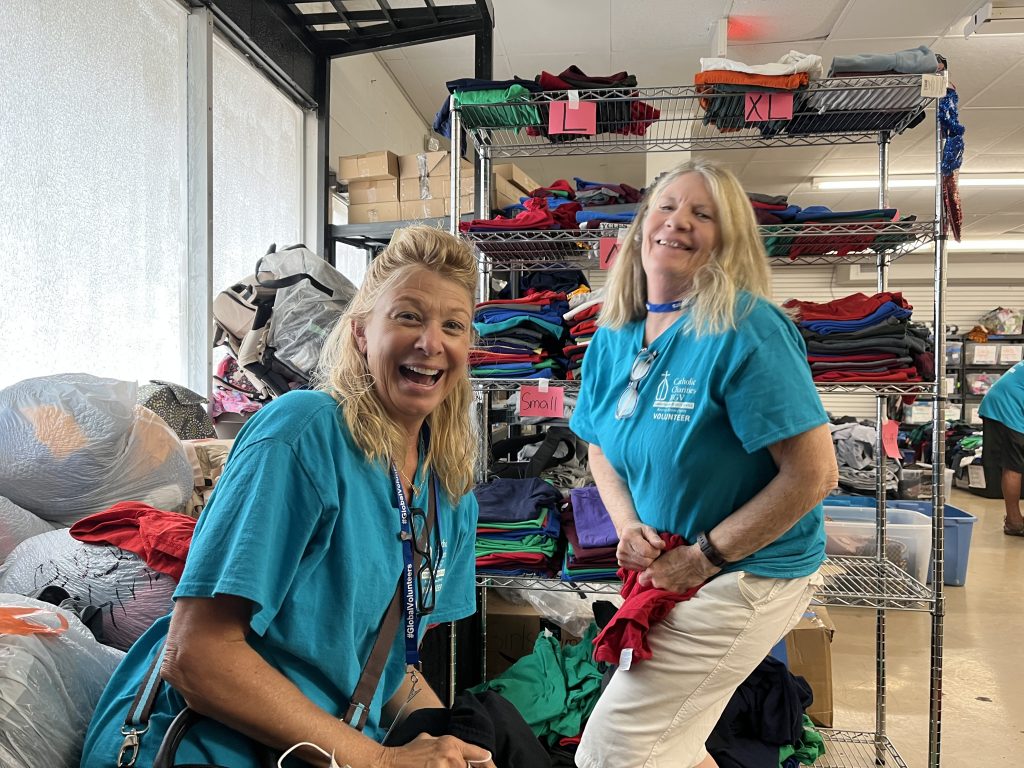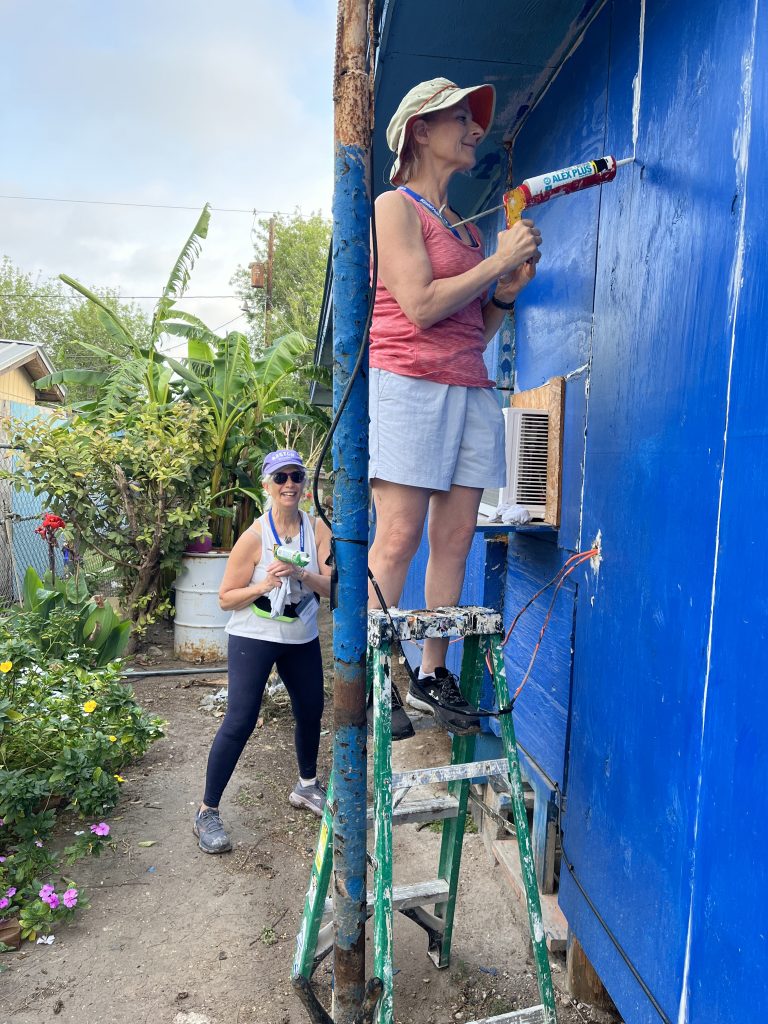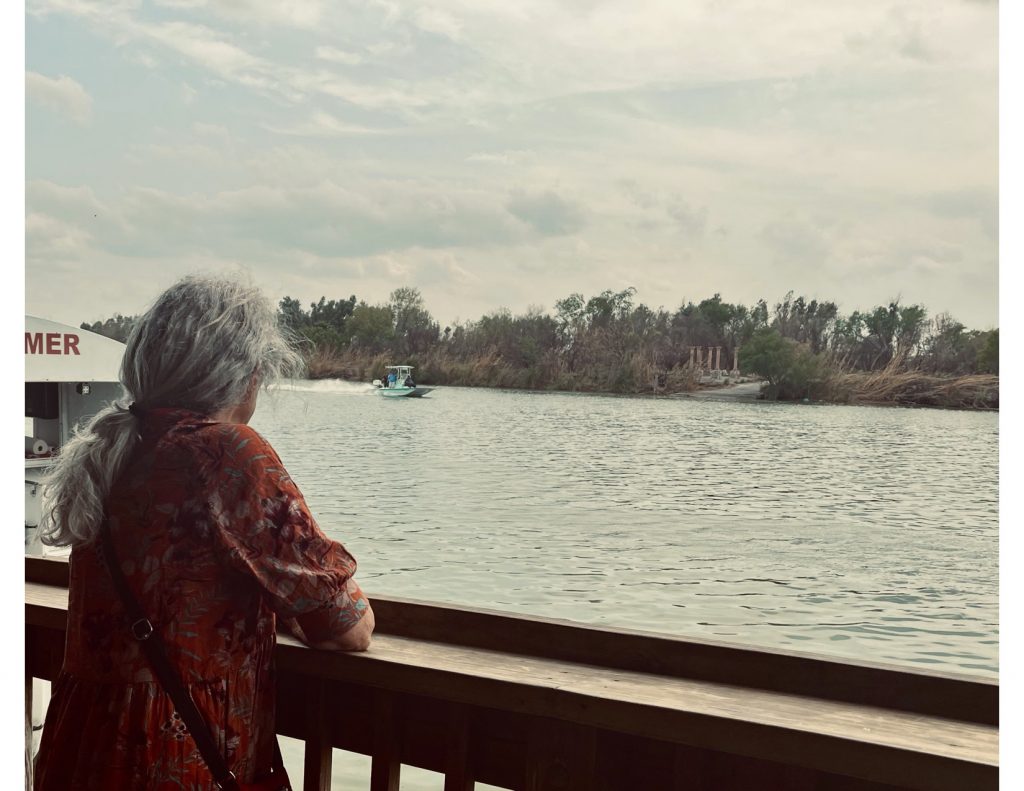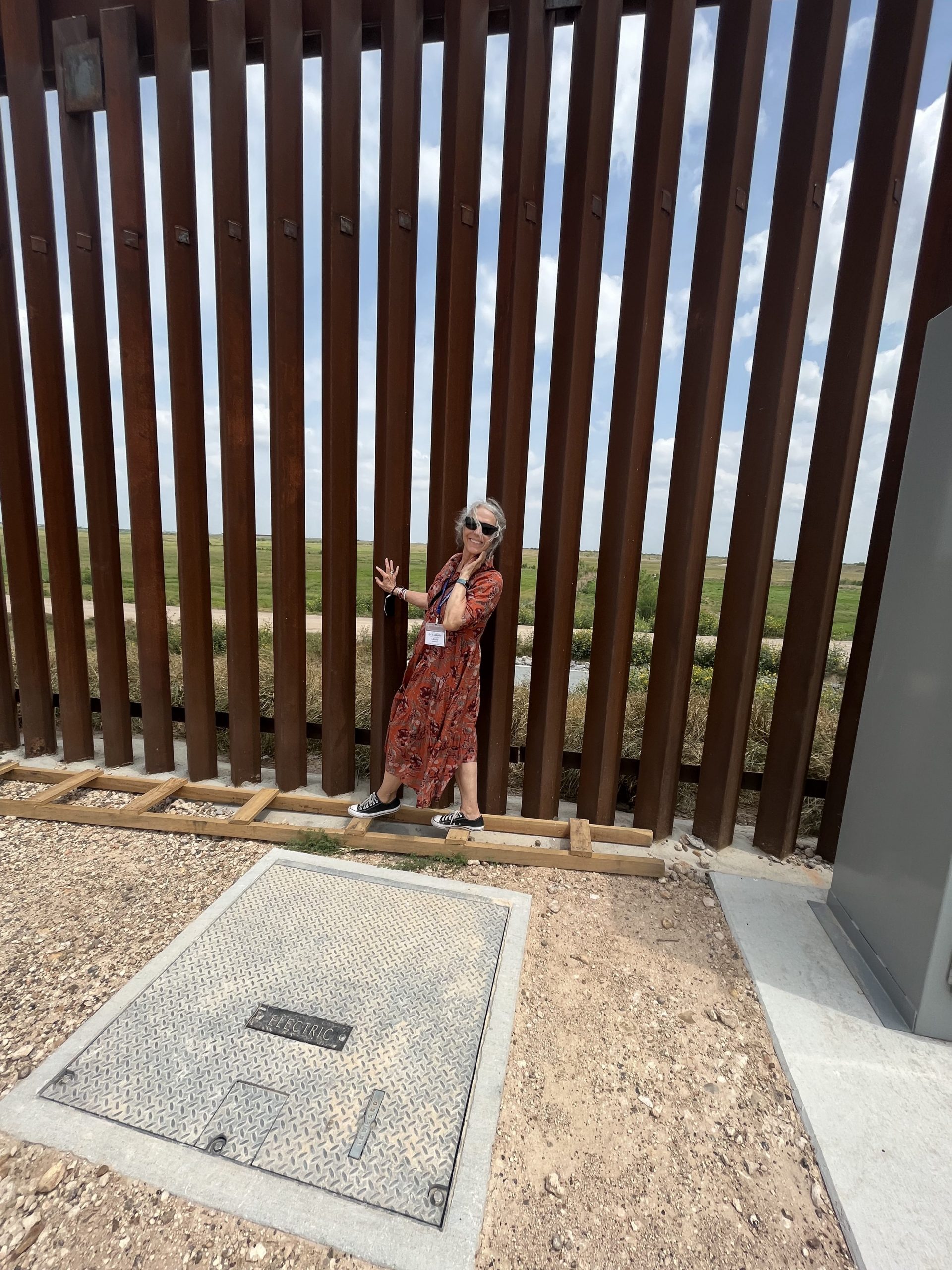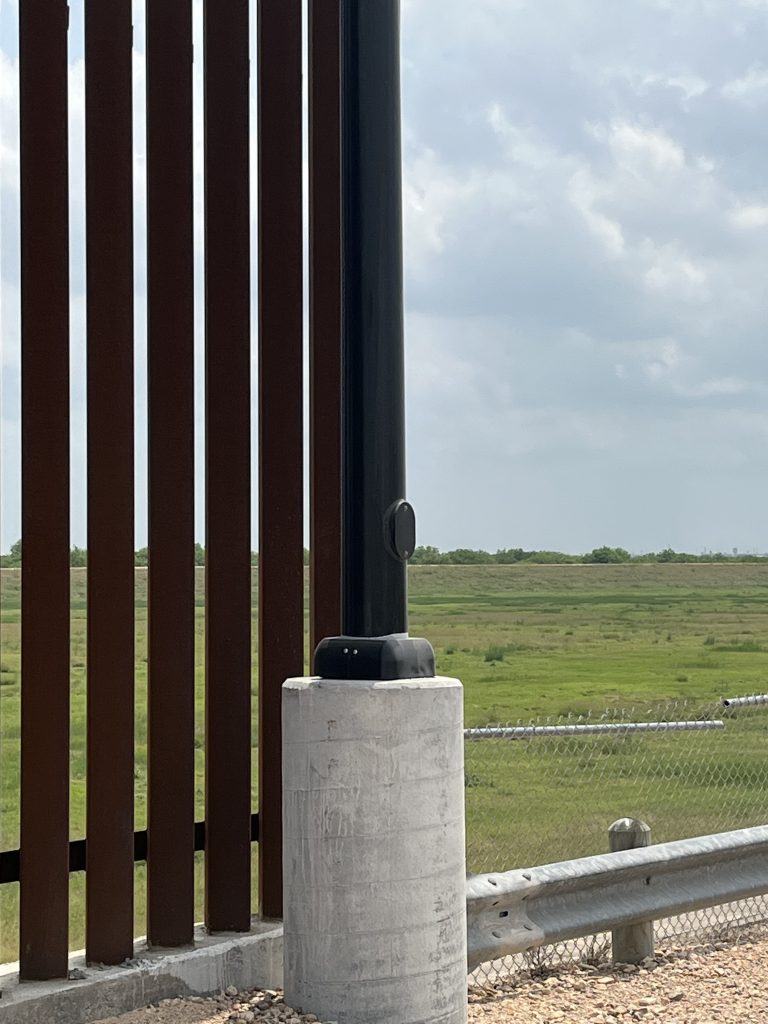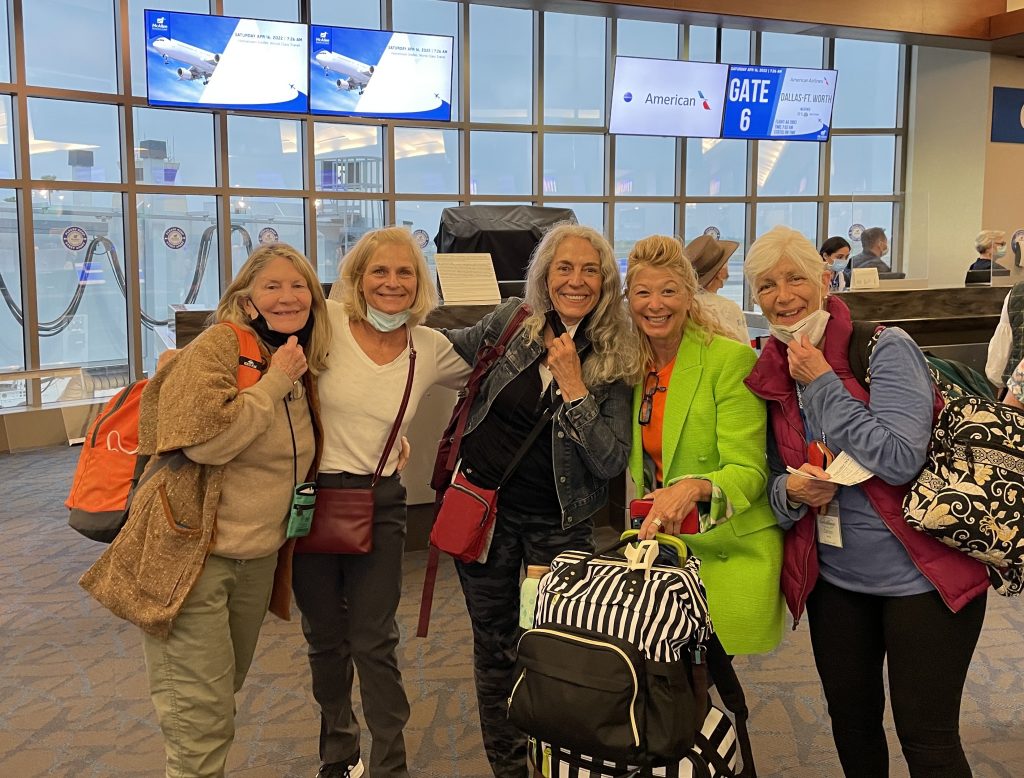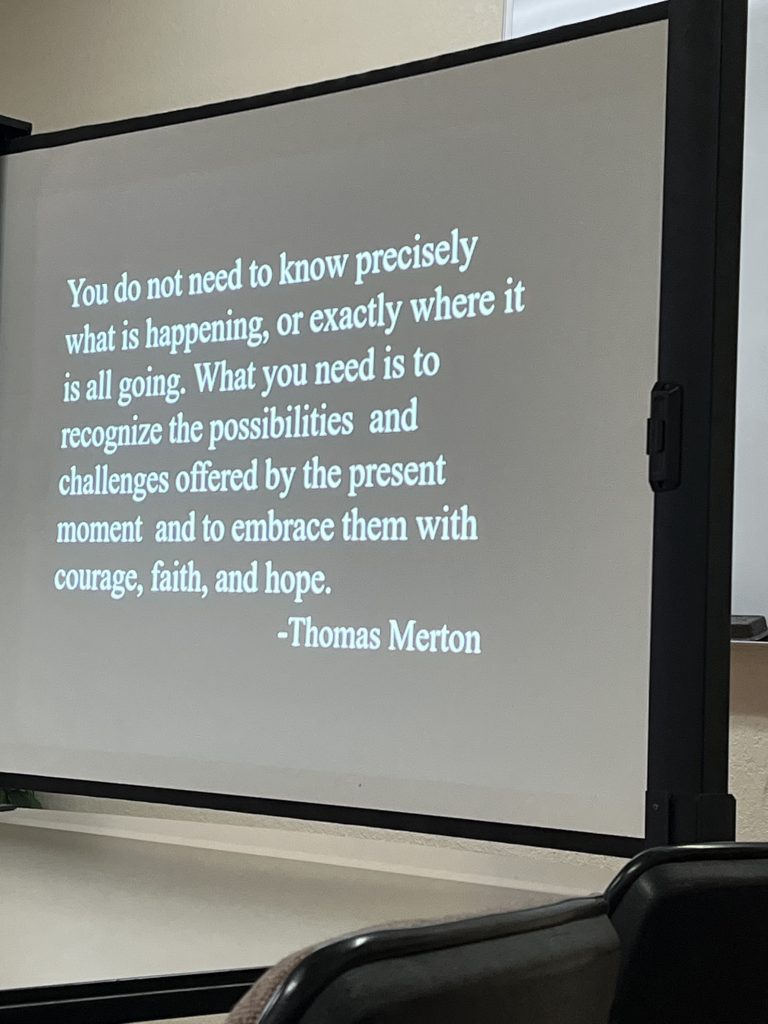
I’ve written several Mother’s Day essays and while they are my favorite to write, as they seem to write themselves, every time I sit down to start one, I wonder if there is anything left to say because I’ve said it all. I’ve told the stories about being a mom and a grandma (or a Laudie, as I’m referred to). I’ve written about learning how to mother by the seat of my pants and the deep-seated feeling of love that is so hard to articulate, yet at the same time, the easiest of all because I’m sharing a feeling that’s so familiar. I’ve written about Covid and the restrictions it brought with it and not being able to see my own Mom for a year and a half. This year is different. The piece did not write itself. I struggled to find the right words and stopped several times because I realized there are no right words. I also had to stop to cry. This Mother’s Day piece is for, about and dedicated to a group of women who I really don’t know. I introduced myself to a handful of them, but the rest, I only acknowledged with a smile or a nod of my head because smiles are hard to see behind masks. These are the refugee mothers from the respite center in McAllen, Texas, where I recently volunteered. These are the women who continue to come to mind long after my suitcase was stuffed back into the closet and the final load of laundry was completed. These are the women, who almost 3 weeks weeks later, and often at inconvenient times, still bring tears to my eyes.
After my first morning of volunteering at the respite center, I only wrote one word in the small notebook that went with me everywhere – RESILIENCE.
Merriam-Webster defines “resilience” as:
- the capability of a strained body to recover its size and shape after deformation caused especially by compressive stress
- an ability to recover from or adjust easily to misfortune or change
Reading that definition, I’m happy with the word I chose to write down. The mothers I saw, having walked with children, some with husbands, some without, from Honduras, Guatemala, El Salvador and as far as Ecuador and Peru, all fit that definition. Their bodies – strained but determined, were able to set aside their worries and fears while putting their roles as mothers first. I never once saw a mom raise her voice or scold or spank her child, even given the very harsh and cruel circumstances they were under with patience that had to be running thin. This was a group of women, most with young children or even babies, who had journeyed unheard of distances to arrive at the border control in Texas where they were then were detained to determine admissibility into the United States. The centers are not equipped for sleeping so there’s a 12 hour limit, although that rule is no longer adhered to. Hours turn into days and families sleep on concrete floors while waiting to be processed without even a mat because it’s only supposed to be a “day center.” Because of the over-crowded conditions, flu, lice, scabies and chicken pox was easily spread through the children. Food, drink and hygiene products were inadequate, forcing babies to drink out of dirty bottles and wear soiled diapers for days at a time. Once processed, the border patrol bussed the migrants to the center where I volunteered where they stayed for a few days while they waited for their sponsors to provide transportation or money for the transportation to take them to their home where they would wait for their arraignment trail. They were checked at the door for Covid, children included, and vaccinated. I saw the evidence of bandaids on upper arms, especially on the kids, who were eager to show me with pride and stories of how much it hurt. The whole process is extremely confusing and after spending a lot of time learning about it, I’m still not sure I understand the process, but know that the people we saw came through official border crossings, were detained, then came to the respite center a few days later, possibly several. After learning about the condition of the detention centers, seeing moms picking their way through their children’s scalps in search of lice, made sense.
I couldn’t help but think back to my days of traveling with 3 young children and how exhausted I’d be when we’d finally arrive at our destination. We didn’t walk, we usually flew, and we weren’t sleeping on mats lined up on the floor in a large, gymnasium-like room with 150 to 200 others, but rather, we slept in comfy beds. My exhaustion was real but it was also short-lived. The women at the respite center’s challenges had no end in site and the challenges they had already endured were only the beginning. They walked in danger and fear, all while putting the protection of their children first. Women who had access to birth control, went on the pill before their journey north, assuming they would be raped along the way, and given that over half are, that’s a fair assumption. Most of the women who came to the supply area where we would give away toiletries, needed either medicine for stomach issues or headaches – lots of headaches – but before they asked for themselves, they asked for their babies or children, who were feverish, dehydrated or had rashes or stomach issues. These mothers didn’t get a break. It didn’t matter how they were feeling, their children came first. (The dads didn’t go unnoticed by me, but given that this is a post for Mother’s Day, my emphasis is on the mothers). How does a mom answer her child when they repeatedly ask when they get to go home? Or sleep in their bed again? Or play with their toys? How do you help your child navigate uncertainty when you have no idea yourself?
The women I spoke with couldn’t hide their sadness at leaving their country but for their safety and that of their children, they had no choice. I kept thinking about the very large sign that greeted me as I entered the Syrian refugee camp in Greece.
“No one puts their children in a boat unless the water is safer than the land”
These women were fleeing kidnappers, rapists and murderers. They were protecting their family. They were putting one foot in front of the other and not looking beyond that point. They were doing what they had to do.
I was so happy to see the resiliency of the kids who I played with at the center. Their biggest complaint to me was the pain in their upper arm from the vaccination. It gave them a sense of solidarity with the other kids – whose arm hurt the most. Kids are kids, no matter where they come from or what language they speak. There is no language barrier, especially for the younger ones and play becomes the language. I was grateful for the return of my Spanish, however, and eyes lit up when they realized I could speak their language and at my level, likely sounded like a 3 or 4 year-old, making me even more relatable and/or funny to them. They were adaptable – entertaining themselves with a game of “Go Fish” that grew to 14 kids or building houses with half a dozen blocks from a Jenga game. They were resourceful not only because they had to be at that point, but because they are kids and that’s just what kids do. None of them had laces in their shoes, which were too big to start with, and had to stop periodically to slip their shoe back on while they ran from one place to another because they weren’t allowed to go barefoot in the center. Shoe laces were all removed, adult shoes included, at the detainment center because of the personal harm one could do with them – a rule following an incident, I’m guessing. A few adults asked us for shoelaces, but unfortunately, we didn’t have any to give so they continued to walk around in shoes that flapped with every step unless they were the lucky few who got brand new, still in the wrapper, slippers. We also weren’t able to give everyone clothing that fit because we had a limited supply of donated items to choose from. One mom who keeps coming to mind, had her jeans completely unzipped and was trying hard to pull her shirt down to cover her expanding belly that was protruding above the zipper. I’m guessing she was at least 6 months pregnant. I asked her if she would like me to try and find her some pants that fit better and she responded with an exuberant “YES,” but her kids needed clothes first. I found the kids pants and shirts that were pretty close on size but could only find a men’s medium pair of sweat pants for her. She was petite, as most were, and I apologized for the large size explaining that our stash of pants was getting thin and we were were very limited on choices. She graciously took them and thanked me with appreciation far grander than I expected for a pair of men’s size medium, gray sweat pants .
My gift to a small handful of these women was to be able to occupy their kids, allowing them to close their eyes and put mothering on the back burner, if only for a few moments. The kids were easy to connect with as they were hungry for attention and play. The moms would watch me long enough to know their child was safe then would give me a nod and a smile that was visible even behind their mask. Besides getting Tylenol or baby formula or a toothbrush or clothing for them, playing with their children was really all I could do to help them. It didn’t seem like enough in the grand scheme of things, but it was something and that was better than nothing. It was also a gesture that told them I saw them, I cared for them and I wanted them to feel welcome. I think that mattered more than anything else.
I used to say I’d step in front of a moving train to protect my children and any mom I know has likely said the same at some point, knowing that the scenario would be highly unlikely. Instead, it served more as a metaphor for the distances moms go for their children and the profound love they have for them. These mothers’ acts of bravery and heroism was just about as close to stepping in front of a moving train as I’ve ever witnessed.
Mother’s Day, or Dia de las Madres, in the three Central American triangle countries of El Salvador, Honduras and Guatemala, is celebrated on May 10th. To these women of strength and resiliency who I’m both awed and haunted by, I’m hoping on Tuesday, May 10th, someone will honor you, compliment you, hug you or watch you kids for a moment. And although you won’t be able to read the words I’ve shared about you as it’s highly unlikely you’d come across them nor are they written in your native tongue, writing them felt important to me. So much of your faces were covered by a mask, but your eyes and your hugs of gratitude said it all. Your strength, your convictions, your resiliency and your patience in the most difficult of situations, will not be forgotten. You were my reset and reminder to stop and recognize what I have, even on the most difficult days and that even after having the curtain pulled back on this reality in our country, it is only the tip of the iceberg and in reality, I still have no idea.
“Hope has two daughters; their names are Anger and Courage. Anger at the way things are, and Courage to see that they do not remain as they are.”
― Augustine of Hippo
The anger feels easier, but anger without the courage to act isn’t enough. Both are necessary. What I saw in these women was courage, but no doubt it was the anger that fueled their journey.
To my own mom, it was through your example that I learned the importance of doing what I can to help others. I was inspired by the volunteer work you did in the schools during your and Dad’s winter months in Texas – so close to where I was.
To the ones in my family who I have the honor of calling you my son-in-law or daughter in-laws, I’m grateful every day that my kids chose you. You belong – like you’ve been in our family forever.
And to my the kids who I birthed and the 3 grandkids you birthed for me – you are my heart, my soul, and the best thing that ever happened to me.
And finally, to all the moms who happen to be reading this, Happy Mother’s Day. I hope you are celebrated well today.

